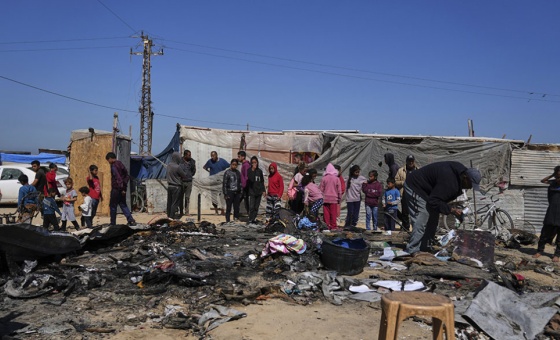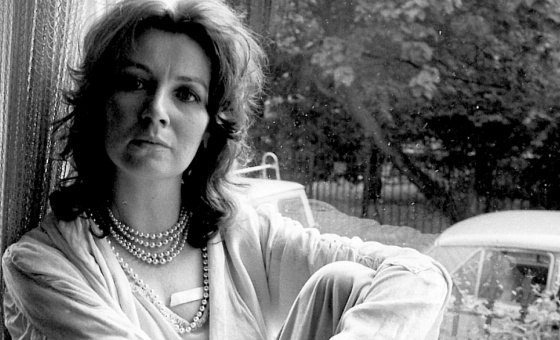This is the last article you can read this month
You can read more article this month
You can read more articles this month
Sorry your limit is up for this month
Reset on:
Please help support the Morning Star by subscribing here
Vatican Spies
Yvonnick Denoel, Hurst, £25
VATICAN SPIES reveals much about how the Catholic Church developed its own intelligence network, often with the help of other agencies such as the CIA, French and Italian security services.
The interactions with the mafia during World War II period at the behest of the US, and getting caught up with the Mob through various dodgy financial dealings, makes for a fascinating read.
The Catholic Church with its universal reach to 1.2 billion Catholics worldwide, connected by a network of parishes and dioceses, amounts to a spy master’s dream. On the face of it virtuous and God-serving, below the surface it is as ruthless and brutal as any other intelligence operation.
The author charts the development of the Church’s intelligence capabilities through the popes from World War Two up to the present day.
Pope Pius XII (1939-1958) really got things moving. Prior to the war the Church mobilised against the Soviet bloc. Anti-communism was the watchword.
Thereafter, the Nazis became the target during the war, with Pius XII developing strong links with US President Franklin Roosevelt and the CIA. The president used the Church to bring the mafia in on the Allies’ side in Italy.
The Church seemed to have a mixed war. Pius XII was sympathetic early on to those among the German military who wanted to overthrow Hitler. The Vatican also sheltered Jews and ensured safe passage. The Irish priest, Father Hugh O’Flaherty, oversaw this work. On the debit side was an odd relationship with the Ustasha Croats, who killed thousands. After the war, the Church helped a number of these Nazis find their way to sanctuary in Argentina.
Post war, the Vatican’s intelligence focus swung back towards the anti-communist, anti- Soviet stance. Pius XII joined in with the Americans to oppose the Communist Party coming to power in Italy. The Church’s financial institutions were a conduit for US-sourced millions to be pumped into the Christian Democrats, ensuring their electoral success. Catholics were told they must not support the communists.
The author, Denoel, examines the formation of the different popes, within the Curia (the governing body of the Catholic Church) and when operating as secretaries of state in the Vatican before getting the big job.
After Pius XII came the more liberal John XXIII (1958-1963) and Paul VI (1963-1978).
The 33-day papacy of John Paul I in 1976 is dealt with in an even-handed way. Denoel does not buy into the popular view that he was murdered; more that he just wasn’t cared for.
John Paul II (1976-2005) is the ultimate spymaster’s pope, involved at every level in a crusade against the Eastern bloc, most predominantly in relation to his native Poland. The author highlights the contradiction in John Paul II that saw him totally back the Solidarity trade union in Poland whilst siding with the most brutal US-backed dictators in Latin America, against the liberation theology of the people which embraced the church of the poor.
Denoel states: “For the Reagan administration, no battle was more important than that against the theology of liberation.” This reached a crescendo against the Sandinistas in Nicaragua.
The relationship between the Vatican and a US president was never closer than that between John Paul II and Ronald Reagan.
The author, however, dismisses the socialist-inspired liberation theology movement far too easily.
An interesting section of the book looks at the strained relationship between the Vatican and Israel, compared to the warmth of relations with the Palestinians. It was not until 1993 that the Catholic Church recognised Israel.
The wind seemed to go out of John Paul II’s sails after the Eastern bloc collapsed, with the various scandals, particularly concerning Vatican finances, deaths and paedophiles, clouding his papacy.
The present Pope Francis is seen as trying to modernise and clean up the Vatican. His dislike of the Curia is well documented. He is credited for bringing together US president Barack Obama and Cuba’s Raul Castro to improve relations between the two countries.
Yvonnick Denoel has produced a comprehensive, very detailed account of how the Vatican has operated since the 1930s. It will amaze and appal readers at the same time. What is clear is that one of the world's major churches developed the capability to interfere in sovereign countries’ affairs at least as much as any of the Eastern or Western intelligence agencies, often involving one or the other and sometimes both of these.
Certainly a good read.







